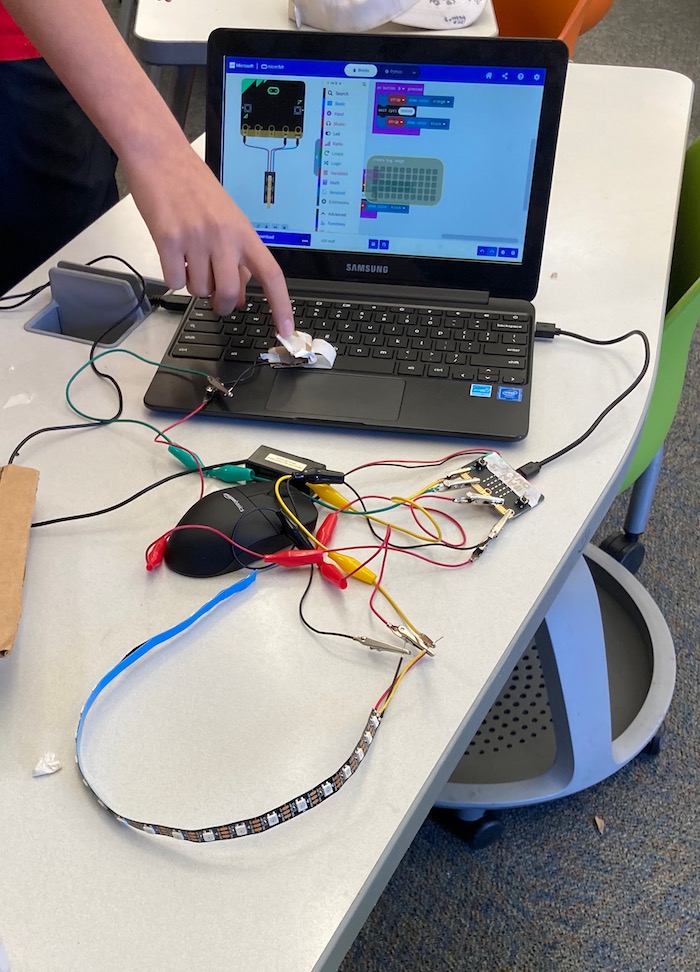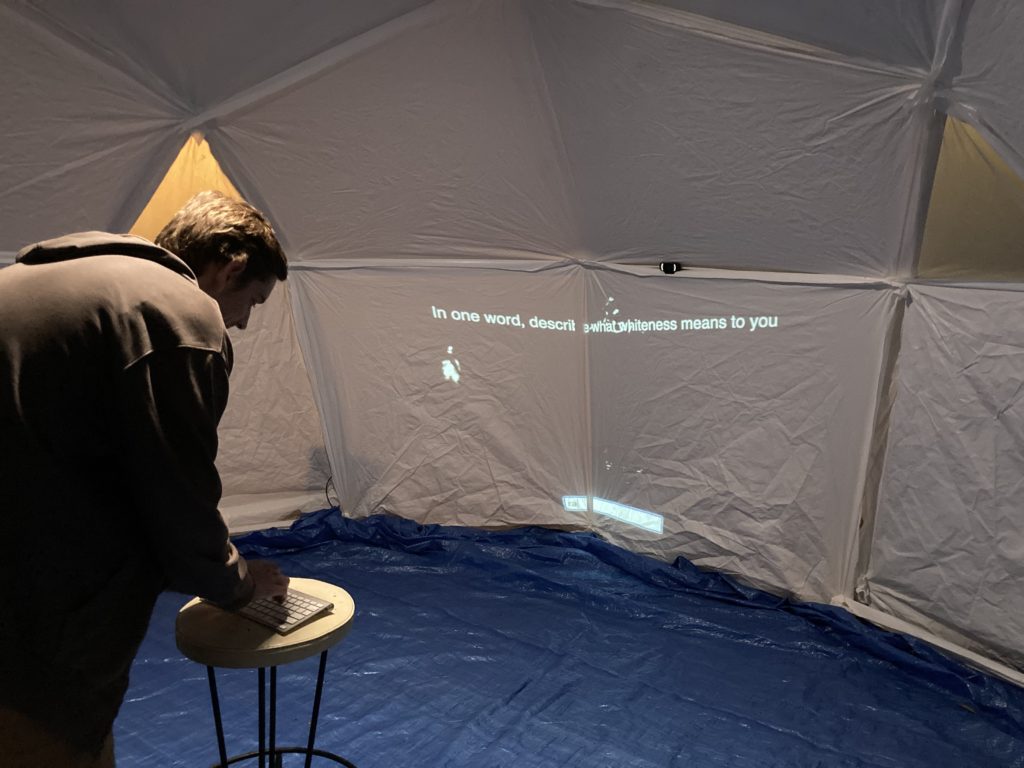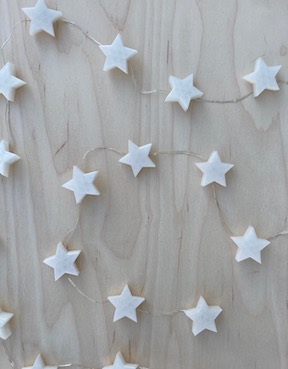Students used JavaScript block code to create unique designs on the computer.


The designs were printed out and they added LEDs to the design by building a circuit on the back of the paper using copper tape and a coin cell battery.
Students used JavaScript block code to create unique designs on the computer.


The designs were printed out and they added LEDs to the design by building a circuit on the back of the paper using copper tape and a coin cell battery.
Students coded a program that detects their facial expressions and then tells them what expression it is that they’re making.

Using the coding program Scratch, students have learned how to code through various projects.
A video game created by a student using Scratch.
A student created a program in Scratch to use for DJ’ing. Each button has a different sound assigned to it.

Students created unique musical patterns and sounds using Scratch with the Makey Makey extension. To play aloud each musical pattern and sound, they made capacitive touch buttons and switches to be connected to the Makey Makey, which is connected to a laptop running the code they made. Each button or switch triggers a different musical pattern or sound. They used various conductive materials to create the buttons and switches, such as copper tape, aluminum foil, graphite, paper clips and wire.
Addressable LED strips are connected to a Micro:bit, which is connected to a laptop through USB. The LED strips were coded using the Micro:bit MakeCode program with the NeoPixel extension. Once the code was uploaded to the Micro:bit, the programmed LED strips were used in art installations created by students. For use in the art installations, each Micro:bit was attached to a battery pack and connected to an LED strip in order to power and control them.
This is an interactive art installation created by a student made to resemble the rear of a car. The tail lights blink yellow when a button is pressed. There is a separate button for the left and right tail lights.

The students learned how to address individual LEDs, which led to creating their own LED animations to be used in their art installations.

A switch was incorporated into this circuit to control the LED animation modes.
The Maqueen was programmed using the Micro:bit to move back and forth while those who play the game attempt to get the straw through the hole in the cardboard.
The servo motor was programmed using the Micro:bit to act as an obstacle to block the ball from getting into the hole in the cardboard.


Binary is an interactive art installation that is meant to resemble restroom stalls. The piece requires those who choose to interact with it to confront a gender dichotomy other than man or woman.
Participants are invited to respond to the question prompts on the screen by typing one word responses on the keyboard. The words are then displayed in a random location on the screen after participants press enter. The words entered, along with digital synthesizer sounds, are triggered by motion detection, i.e. when a person moves around in front of the screen, different words and sounds show up depending on where they are located on the screen.

A next phase of the installation is currently being developed.
It is anti-racism piece in which participants are invited to participate in a loving-kindness meditation. The installation space includes a labyrinth design to guide the participants through the walking meditation. Motion detection is incorporated throughout the installation space in order to detect where the participants are located, and depending on where the participants are located, different voices, sounds and images specific to the meditation will be triggered/appear.
It is an intentional space for the audience to reflect on their relationship to racial bias through an active loving-kindness meditation. Walking the path of a labyrinth on the floor of the dome structure, participants are guided by the recorded voices of BIPOC individuals. These voices are cued at specific moments based on the location of the audience members as they travel the labyrinth. Images of the faces of the meditation guides, as well as images to support the act of reflection, also appear as projections on the walls of the dome structure at specific moments in the journey. The experience culminates in a call to action for the participants to shift their thinking regarding their own racial bias and commit to the work of dismantling white supremacy and ending structural and interpersonal racism.
Desk Set is an installation that was created for the Arts Tech Film Festival in Normal, IL. The installation is inspired by a scene from the film Desk Set, and it was set up in the Normal Theater leading up to the screening of the film. The installation was created by myself plus a small team of people. I created the effect of the rain on the screen using Processing.
Morning Outside is a sound piece that was installed at the University Gallery in Normal, IL. Participants were invited to gather in a room with no light while listening to this sound piece as it played out loud on speakers in the room. The goal was for the participants to be fully immersed in the sound experience with as little additional sensory input possible. The process of making the sound piece was done in two parts – the first part of the process includes a single audio recording of various sounds that occurred in the world as I walked around outside, and the second part of the process includes digitally synthesized sounds made to resemble the sounds captured in the audio recording. In the sound piece, both the digital sounds and audio recording sounds can be heard playing together in synchronicity.
The stars are 3D printed. Each star is placed over an LED on the LED strip. The LED strip is programmed with different LED animations and color settings. The LEDs are programmed using an Arduino Uno and the lighting animation and color settings are controlled using a touch screen LCD display that is hooked up to the Arduino Uno.
